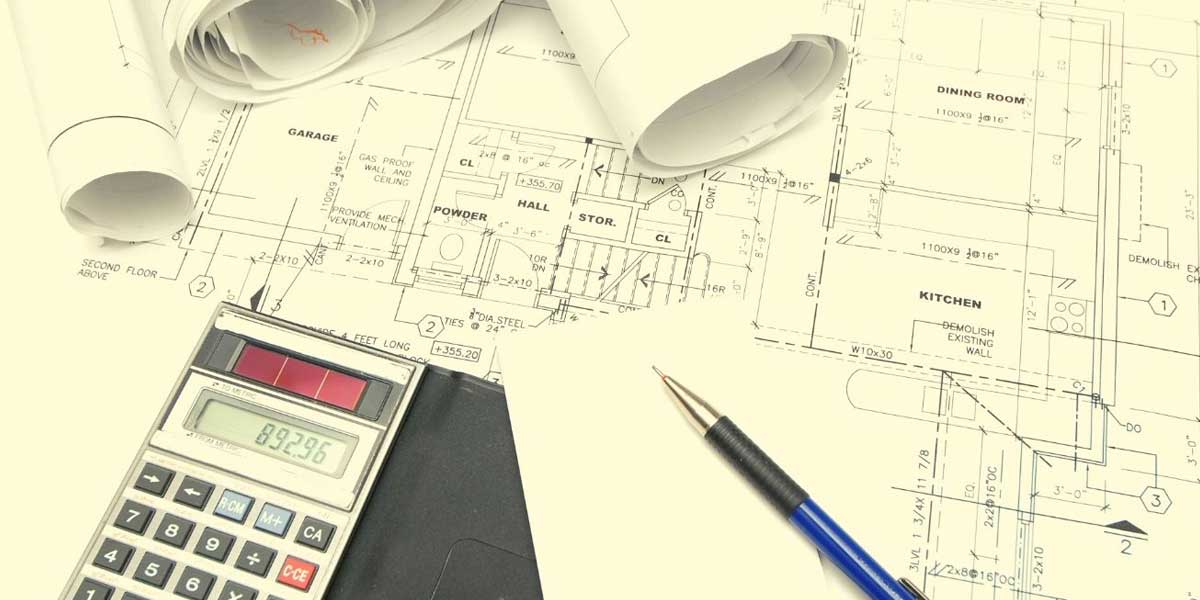Accurate construction cost estimates are essential for contractors for a number of reasons. First, they allow contractors to bid competitively on projects. If a contractor's estimates are too high, they will be less likely to win bids. On the other hand, if estimates are too low, the contractor may end up losing money on the project.
Second, accurate estimates help contractors manage their budgets. By knowing how much a project will cost, contractors can make sure that they have enough money to complete the project without running out of funds. This can help to avoid costly delays or even bankruptcy.
Third, accurate estimates help contractors plan their projects more effectively. By knowing how much time and materials will be needed, contractors can create more realistic schedules and avoid surprises. This can help to improve the quality of the finished product and reduce the risk of disputes with clients.
Finally, accurate estimates can help protect contractors' reputations. If a contractor consistently provides inaccurate estimates, they may be seen as unreliable or untrustworthy. This can make it difficult to win future bids and damage the contractor's reputation.
In conclusion, accurate construction cost estimates are essential for contractors for a number of reasons. They help contractors bid competitively, manage their budgets, plan their projects more effectively, and protect their reputations. By taking the time to create accurate estimates, contractors can improve their chances of success in the construction industry.
Cost overrun example in
The cost overruns and delays in projects have had a number of negative consequences, including:
Increased financial burden on the government: The government has had to bear the additional costs of both projects. This has put a strain on the government's finances and led to cuts in other spending programs.
Delays in project delivery: The projects have also had a negative impact on the tourism industry.
Increased environmental impact: The construction of both projects has had a negative impact on the environment. The projects have led to the felling of trees and the destruction of wetlands.
Project risk is an inevitable part of any project, but the way it is considered can have a big impact on the project's success.
In the past, project risk was often considered in a very binary way: either a risk would happen or it wouldn't. This led to a lot of projects being over- or under-prepared for risk, which could lead to delays, cost overruns, or even project failure.
In recent years, there has been a growing recognition that project risk is more complex than a simple binary. There are many different types of risks, and each type of risk can have a different impact on the project. For example, a delay in one task may not have a significant impact on the project, while a delay in another task could completely derail the project.
This recognition has led to a new approach to project risk management, called probabilistic risk analysis. Probabilistic risk analysis takes into account the probability of each risk occurring and the impact of each risk if it does occur. This allows project managers to make more informed decisions about how to mitigate risk and allocate resources.
There are a number of ways that contractors can achieve probabilistic risk analysis. One way is to use specialised software that can help calculate the probability and impact of different risks. Another way is to use a more manual approach, such as brainstorming with the project team to identify and assess risks.
No matter which approach is used, the goal of probabilistic risk analysis is to help contractors better understand and manage project risk. This can help improve the chances of project success.
Risk-adjusted cost (RAC) is a method of estimating the cost of a construction project by taking into account the potential risks involved. This is in contrast to traditional methods of estimating costs, which simply use historical data or expert judgement.
There are several reasons why RAC is becoming increasingly important in the construction industry. First, construction projects are becoming more complex and risky. This is due to factors such as the increasing use of technology, the need to comply with more regulations, and the ever-changing global economy.
Second, the cost of construction projects is rising. This is due to factors such as the increasing cost of materials, labour, and land. As a result, it is becoming more important for contractors to be able to accurately estimate the cost of their projects.
Third, clients are demanding more transparency from contractors. They want to know how the cost of their projects is being calculated. RAC can help provide this transparency by showing clients how potential risks are being taken into account.
How does RISK-ADJUSTED cost work?
Risk-adjusted cost is a method of estimating the cost of a construction project that takes into account the potential risks involved. This is done by assigning a probability to each risk and then calculating the cost impact of that risk if it were to occur. The sum of these probability-weighted cost impacts is the risk-adjusted cost.
Here is an example of risk-adjusted cost in rupees:
Base cost: Rs. 100,000
Risk factor: 20%
Risk-adjusted cost: Rs. 120,000
The base cost is the estimated cost of an investment or project, without taking into account any risks. The risk factor is a measure of the potential for loss or damage. In this example, the risk factor is 20%, which means that there is a 20% chance that the investment or project will not be successful.
The risk-adjusted cost is calculated by multiplying the base cost by the risk factor. In this example, the risk-adjusted cost is Rs. 120,000, which is 20% higher than the base cost.
Risk-adjusted costs can be a valuable tool for construction companies in a number of ways. First, it can help companies make more accurate bids on projects. By taking into account the potential risks, companies can be more confident that their bids will be realistic and that they will not lose money on the project.
Second, risk-adjusted costs can help companies manage their projects more effectively. By identifying and quantifying the risks, companies can develop strategies to mitigate them. This can help reduce the likelihood of delays and cost overruns.
Finally, risk-adjusted costs can help companies improve their relationships with their clients. By being transparent about the risks involved in a project, companies can build trust with their clients and ensure that they are on the same page.
Overall, RAC is a valuable tool that can help contractors improve their accuracy, transparency, and efficiency. As a result, it is becoming increasingly important in the construction industry.
Here are some of the benefits of using risk-adjusted costs in the construction industry:
More accurate cost estimates: RAC takes into account the potential risks involved in a project, which can lead to more accurate cost estimates. This can help contractors avoid costly overruns and delays.
Improved transparency: RAC can help improve transparency by showing clients how potential risks are being taken into account. This can help build trust between contractors and clients.
As the construction industry becomes more complex and risky, RAC is becoming an increasingly important tool for contractors. By using RAC, contractors can improve their accuracy, transparency, and efficiency, which can lead to better project outcomes.




















